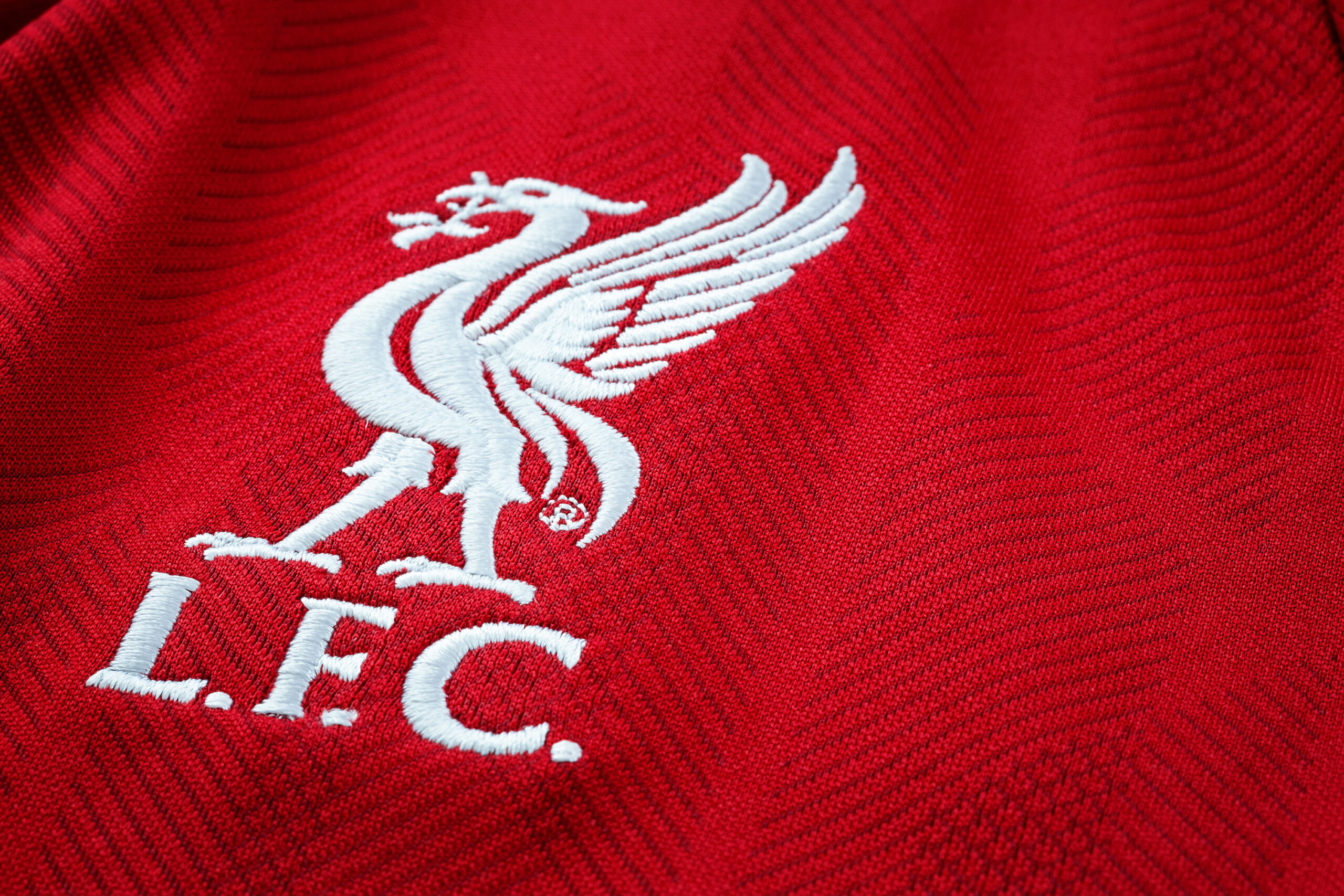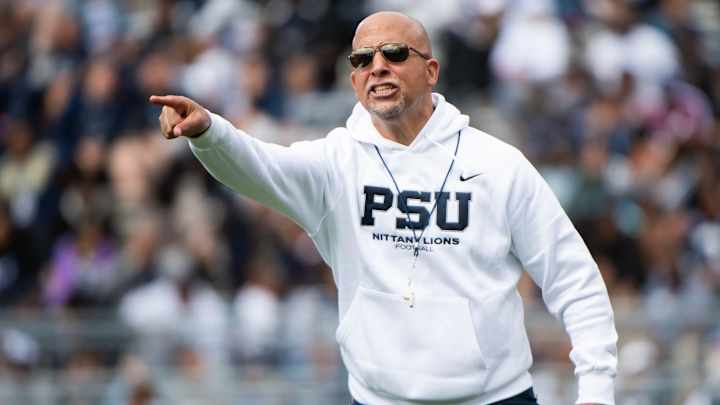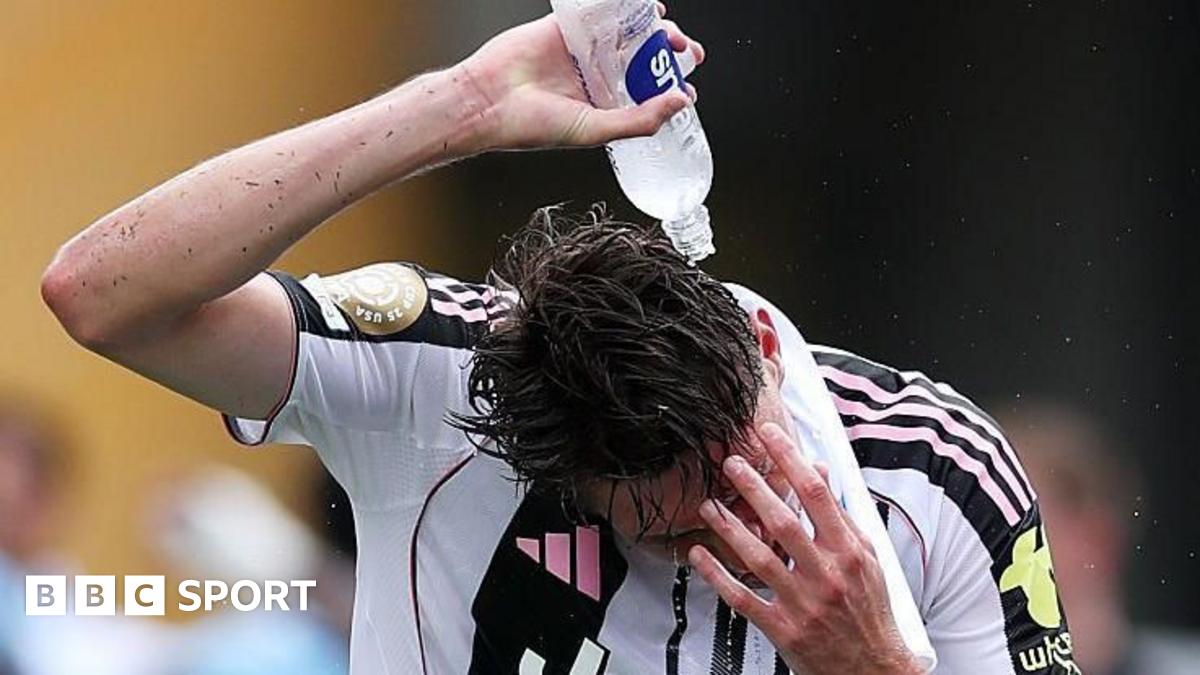Liverpool Football Club’s esteemed youth academy, renowned for cultivating prodigious talent, currently faces a critical evaluation: does the observed trend of promising young players departing Anfield signal a systemic failure in player development, or is it, in fact, a sophisticated and remarkably profitable business strategy for Liverpool FC?
The ‘youth exodus’ from Kirkby has become a frequent topic of discussion among supporters and pundits alike. When highly-rated prospects opt for moves elsewhere, it often sparks concern, raising questions about the club’s ability to integrate these burgeoning talents into the senior squad. This perception of ‘failure’ stems from the traditional view that an academy’s primary purpose is to consistently supply the first team, reducing the need for costly external football transfers.
However, an alternative perspective suggests this outflow is a calculated maneuver within the complex landscape of modern football economics. Selling academy graduates, even those who haven’t cemented a first-team spot, can generate significant revenue. This capital is then strategically reinvested into the squad and infrastructure, demonstrating an astute financial acumen that helps clubs navigate the stringent demands of Financial Fair Play (FFP) within the competitive Premier League.
A prominent case in point illustrating Liverpool’s broader transfer objectives is their persistent pursuit of Crystal Palace defender Marc Guehi. Despite having a robust academy, the Reds are willing to invest heavily in proven talent like Guehi, whose apparent willingness to join adds momentum to their transfer drive. This dynamic underscores a pragmatic approach where the club balances nurturing internal talent with acquiring external reinforcements to maintain competitiveness at the highest level.
This nuanced view challenges conventional metrics of academy success, proposing that profitability and the ability to produce players who thrive elsewhere, even if not donning the red shirt of Liverpool FC, might represent a more pragmatic and perhaps necessary measure in the contemporary football landscape. The commercial value generated from these sales directly contributes to the club’s financial health, providing vital funds for future strategic investments and continued competitiveness in the Premier League.
Ultimately, the discussion prompts a deeper exploration into the long-term sustainability and philosophical underpinnings of Liverpool’s youth development program. In the cutthroat environment of the Premier League, where financial acumen often stands alongside on-pitch performance as a key determinant of success, leveraging the academy as both a talent pipeline and a financial asset appears to be Liverpool’s strategic blueprint, proving that not all departures signify a deficit in development, but rather, a shrewd business model.
Discover more from The Time News
Subscribe to get the latest posts sent to your email.



